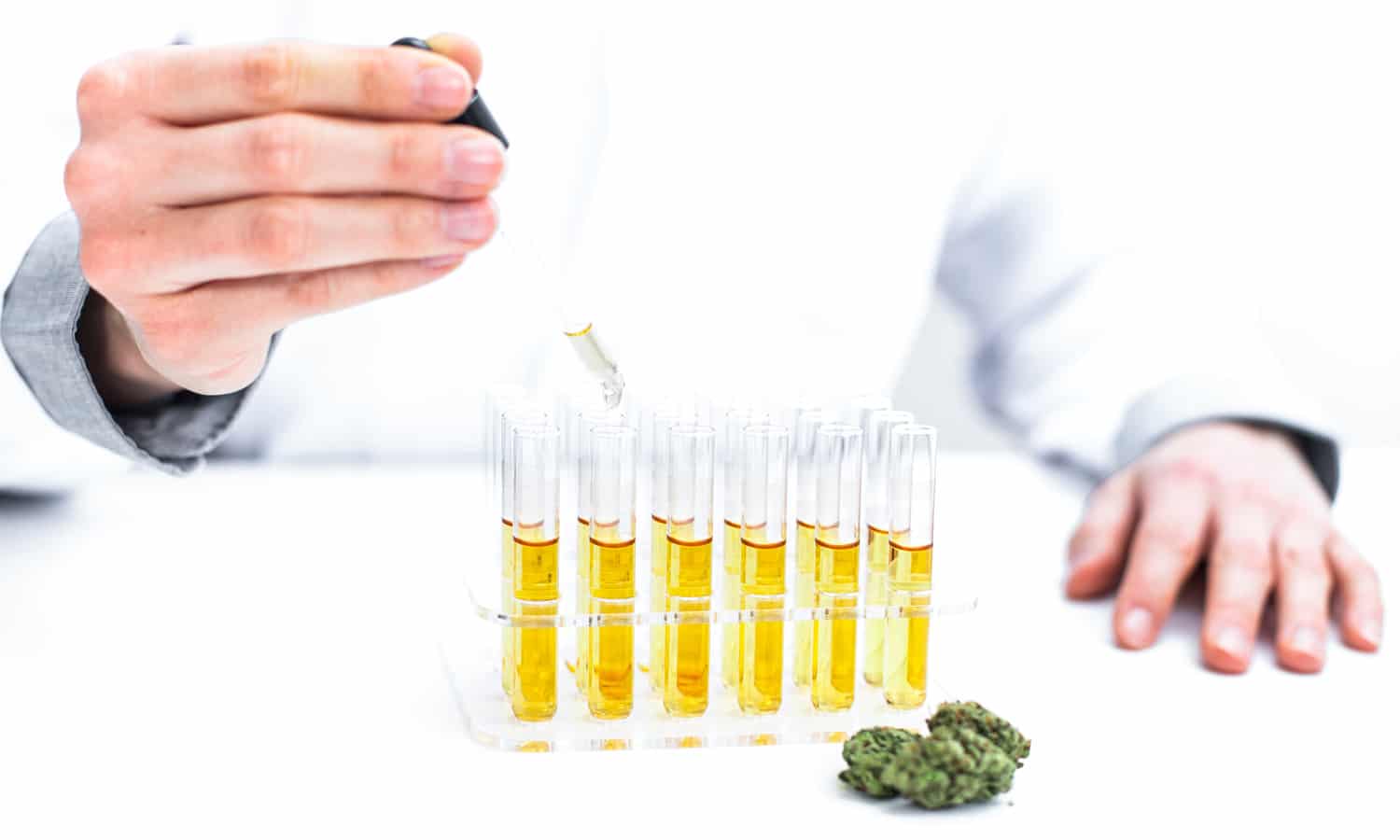
Feds put the standard dose of THC in product reviews at 5 mg – why you should care
Despite the fact that cannabis is a thriving billion dollar business today, we still lack standardization when it comes to units of THC and CBD.
This lack of standard dosage units complicates research and tests that can be applied to different dosage units. It’s easier said than done as bioavailability and methods of consumption affect how different people use the cannabinoids.
However, the National Institute on Drug Abuse (NIDA), a federal health agency, just announced that they have developed a standard dose of THC that will be used in all studies related to cannabis. They posted a notice that there is a “new requirement to measure and report results using a standard THC unit in all applicable human research,” and those changes are effective immediately.
NIDA made these announcements after the notorious discrepancies in reporting the effectiveness of THC, acknowledging that it “is a major limitation in studies of cannabis use and makes it difficult to compare results between studies”. For this reason, “standardized measurement of THC in cannabis products is needed to advance research by ensuring better comparability between studies, both in terms of its adverse effects and potential medicinal uses”. They state that “the same amount of THC can have different effects depending on the route of administration, other product ingredients, genetic makeup and metabolic factors of a person, previous exposure to cannabis and other factors.”
A standard dose makes it easier to analyze THC-related cannabis studies, which are a top priority for both NIDA and the National Advisory Council on Drug Abuse. “The intention of this announcement is not to prescribe the amount of THC that is permitted for use in research projects. In fact, researchers are free to use more or less than 5 mg of THC as needed for their study. However, for applicable studies, investigators must report the amount of THC using the standard unit. The investigators can also specify the amount of THC in other units (e.g. milligrams), ”the message says.
RELATED: Confused About How Much THC and CBD is in Your Weed? You’re not alone
In order to develop the standard unit, NIDA stated: “Extensive input from stakeholders, including a request for information from the general public and consultation with experts in the field, resulted in the selection of 5 mg as the standard unit.”
Photo by krisanapong detraphiphat / Getty Images
Standardization challenges
The current landscape of cannabis products, as well as their popularity with a variety of age groups in the treatment of dozens of conditions, mean that cannabis is already well on the way to being viewed as a valuable alternative to prescription drugs.
However, unlike prescription drugs, we had not yet developed a standardized dose of THC that could pave the way for experts to better recommend a good effective dose. A 2019 study in the journal Addiction discussed the lack of scientific consensus on what a standard cannabis dose entails between different administration methods and products.
RELATED: Hemp CBD Legislation: Will Congress Raise Total THC Limit For Hemp To 1%?
A standard dose is a critical step in drug approval.
Currently, carpet research begins in a laboratory as scientists work on various biological or chemical substances. These substances are then tested on human or animal tissues on a Petri dish; If the first preclinical step proves successful, further testing will be done to determine the other effects of the drug on the physiological systems and to determine the correct dosage that is causing the various effects.

When determining the dosage, the pharmacokinetics of a drug should be well understood. This refers to how the drug moves around the body. However, if a substance is known to be already effective and safe, the drug manufacturer can apply to a regulatory agency to conduct clinical trials. The reason there are so many phases in clinical trials is because researchers are trying to gather more information about how safe and effective a drug is and how to determine the right dose.
Clinical research is required to determine that a drug has benefits that outweigh any known risks. Once this is successful, the drugs will be approved.
RELATED: House Approves Bill To Improve Medical Marijuana Research
But cannabis is still illegal nationwide, despite its popularity being so widespread. It is for this reason that these traditional steps of clinical research are not applied to cannabis, and it has taken so long to develop a standard dose for different conditions. Even if the NIDA was able to find a dose, it does not mean that it is correct. Anyone in the cannabis industry worth their salt can tell you that NIDA has long been an enemy and not a friend of the industry.

Regardless, having a level of THC and CBD will help advance research and better understand many gray areas regarding how cannabis works in the body. The 2019 study recommended measuring standard units for cannabis as opposed to its concentration in milligrams, and the authors recommended using 5 mg of THC as the standard dose.
While the NIDA and many experts in the field always start with 5 mg as the standard dose, the authors say this will still pose some problems when it comes to the bioavailability of the drug when consumed by different methods.
The irony is that we need a lot more research to determine the right standardization because while 5 mg of THC is a starting point, we all know cannabis is not a one-size-fits-all solution. There is no way we can take back how far we’ve come as an industry, and moving forward will take some small steps in terms of research.
This article originally appeared on Cannabis.net and was republished with permission.

Post a comment: